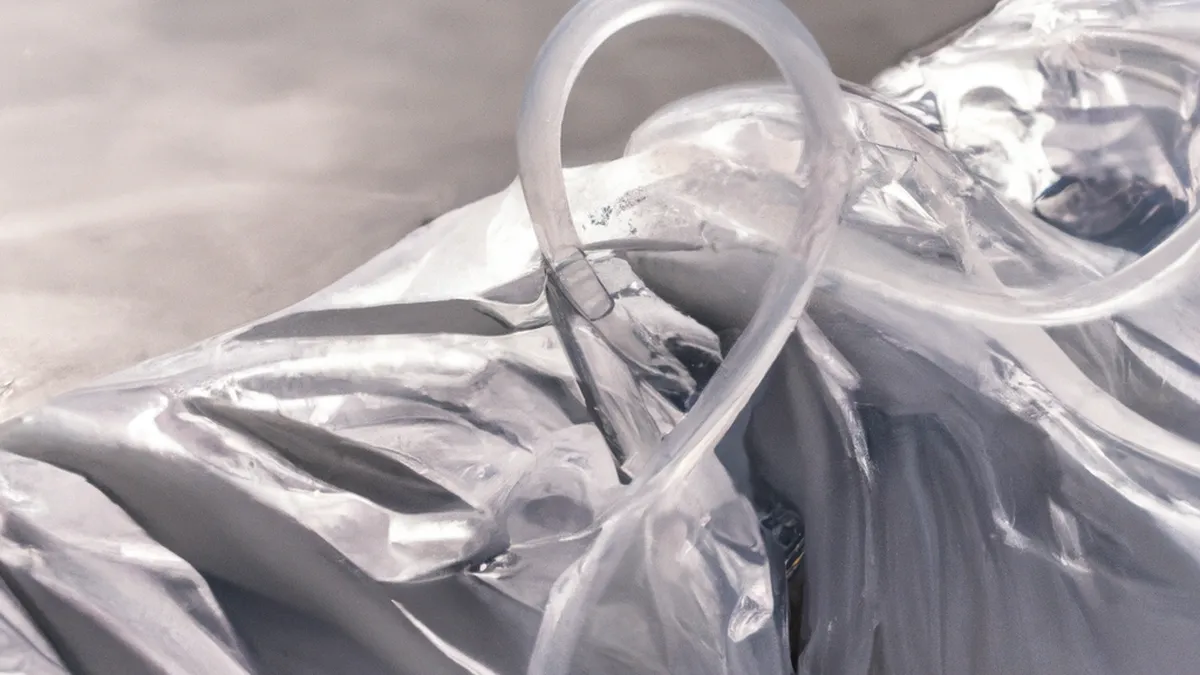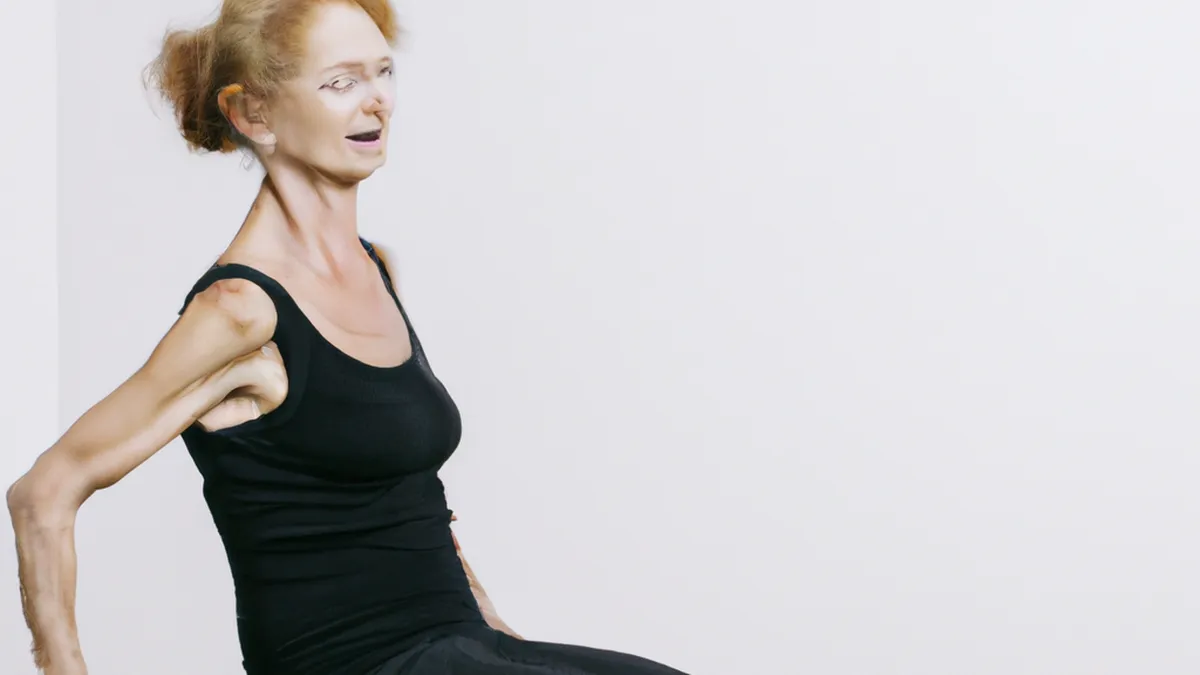Release Tension: Breathing Methods to Try
Breathing Techniques for RelaxationIn today’s fast-paced world, stress overwhelms many. Work pressures, personal responsibilities, and unexpected challenges contribute to this stress. However, relaxation becomes essential during hectic times. Breathing techniques provide a powerful way to find calm. This article explores effective breathing methods to help you unwind, recharge, and reclaim your peace.
Understanding the Importance of Breath
Breathing occurs naturally; we do it without thinking. Many people underestimate the impact of breath control on physical and emotional states. Focusing on your breath influences your body’s state, reduces stress, and increases calm.Breath control plays a key role in relaxation. Changing your breathing alters your emotional state. Breath reflects and influences feelings. Short, shallow breaths signal anxiety, while deep, controlled breaths promote relaxation. Practicing specific breathing techniques benefits mental health, making it an accessible tool for enhancing well-being.
Tips for Effective Breathing Techniques
As an Amazon Associate I earn from qualifying purchases.
Gear tip: consider football, receiver gloves, and compression sleeves to support this topic.
To harness breath’s power, try these techniques. Each method quiets your mind and eases tension, helping you find your center.
1. Diaphragmatic Breathing
Diaphragmatic breathing, or deep breathing, is a fundamental technique. It engages the diaphragm, promoting deeper breaths and efficient oxygen exchange. Follow these steps:1. **Find a comfortable position:** Sit or lie down in a quiet space.2. **Place one hand on your chest and the other on your abdomen:** This helps you feel your breath’s movement.3. **Inhale deeply through your nose:** Focus on letting your abdomen rise while keeping your chest still.4. **Exhale slowly through your mouth:** Feel your abdomen lower as you release air. Repeat this process for five to ten minutes. You’ll notice greater physical and mental relaxation. Use this technique before bedtime or during stressful moments.
2. 4-7-8 Breathing
The 4-7-8 technique calms your mind and regulates the stress response. It deeply relaxes the nervous system and controls anxiety levels. Practice it with these steps:1. **Sit or lie down comfortably:** Close your eyes gently to minimize distractions.2. **Inhale through your nose for a count of four:** Fill your lungs completely.3. **Hold your breath for a count of seven:** This pause allows oxygen to fill your bloodstream.4. **Exhale through your mouth for a count of eight:** Release all the air slowly.Aim to repeat this cycle four times. Notice how it calms your body and mind.
Conclusion
Breathing techniques offer simple, effective ways to reduce stress and promote relaxation. Incorporate these methods into your routine, and experience their benefits.
Below are related products based on this post:
FAQ
What are breathing techniques?
Breathing techniques are methods that focus on controlling breath to promote relaxation and reduce stress. They can influence both physical and emotional states, making them powerful tools for enhancing well-being.
How does diaphragmatic breathing work?
Diaphragmatic breathing engages the diaphragm to promote deeper breaths and efficient oxygen exchange. By focusing on the movement of the abdomen rather than the chest, this technique helps induce greater physical and mental relaxation.
What is the 4-7-8 breathing technique?
The 4-7-8 breathing technique involves inhaling for a count of four, holding the breath for seven counts, and exhaling for eight counts. This method helps calm the mind and regulates the stress response, making it effective for anxiety management.















Post Comment